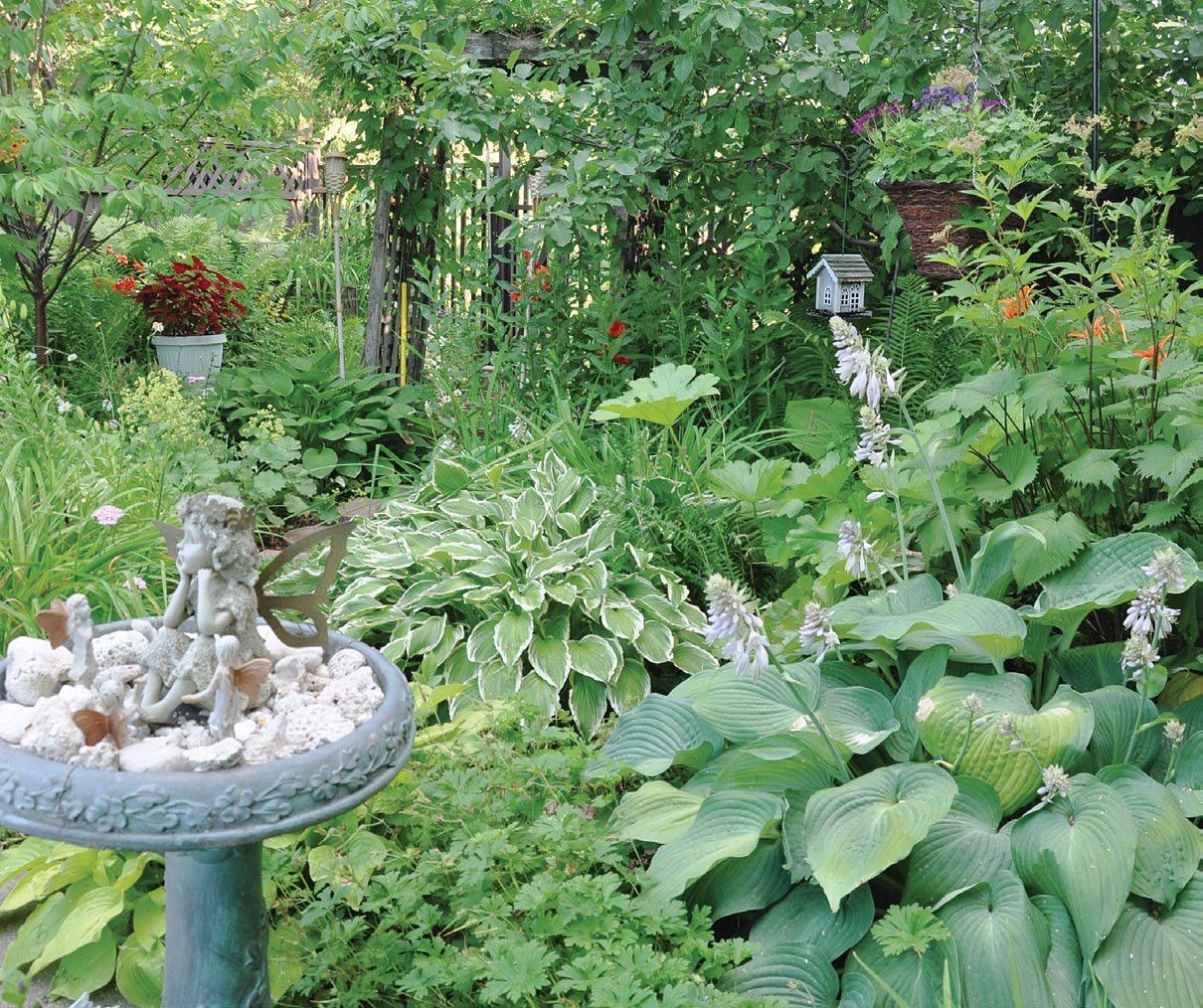Pathways in the garden By Dorothy Dobbie
Crushed stone leads you through and around these gardens.
A
These decorative pavers get you to the hammock with clean feet. 20 • 2021
garden without a pathway is like a boy without a spine. Pathways help define the garden, creating drama and structure. They lead the viewer from one focal point to another. Pathways allow the gardener to help focus attention on highlights in the garden or to lead to a quiet seating place or other special feature. From a practical standpoint, garden pathways can allow access to plants for the purposes of pruning or watering or weeding, particularly important in the large vegetable garden. Pathways can be made from all sort of materials, from expensive and beautifully wrought decorative hard features such as brick or carefully laid mosaic stone, to something as simple as grass, gravel or mulch. A pathway planted with creeping thyme makes a fragrant walk. When designing a pathway, think of the personality of the garden, and its size. A wide straight path might do in a large garden, but a smaller space will gain from a much narrower and curving layout. The materials used should also reflect that personality. A natural shade garden will be complemented by moss-covered steppingstones or some other casual material. A formal garden will want the
Issue 2
localgardener.net


















